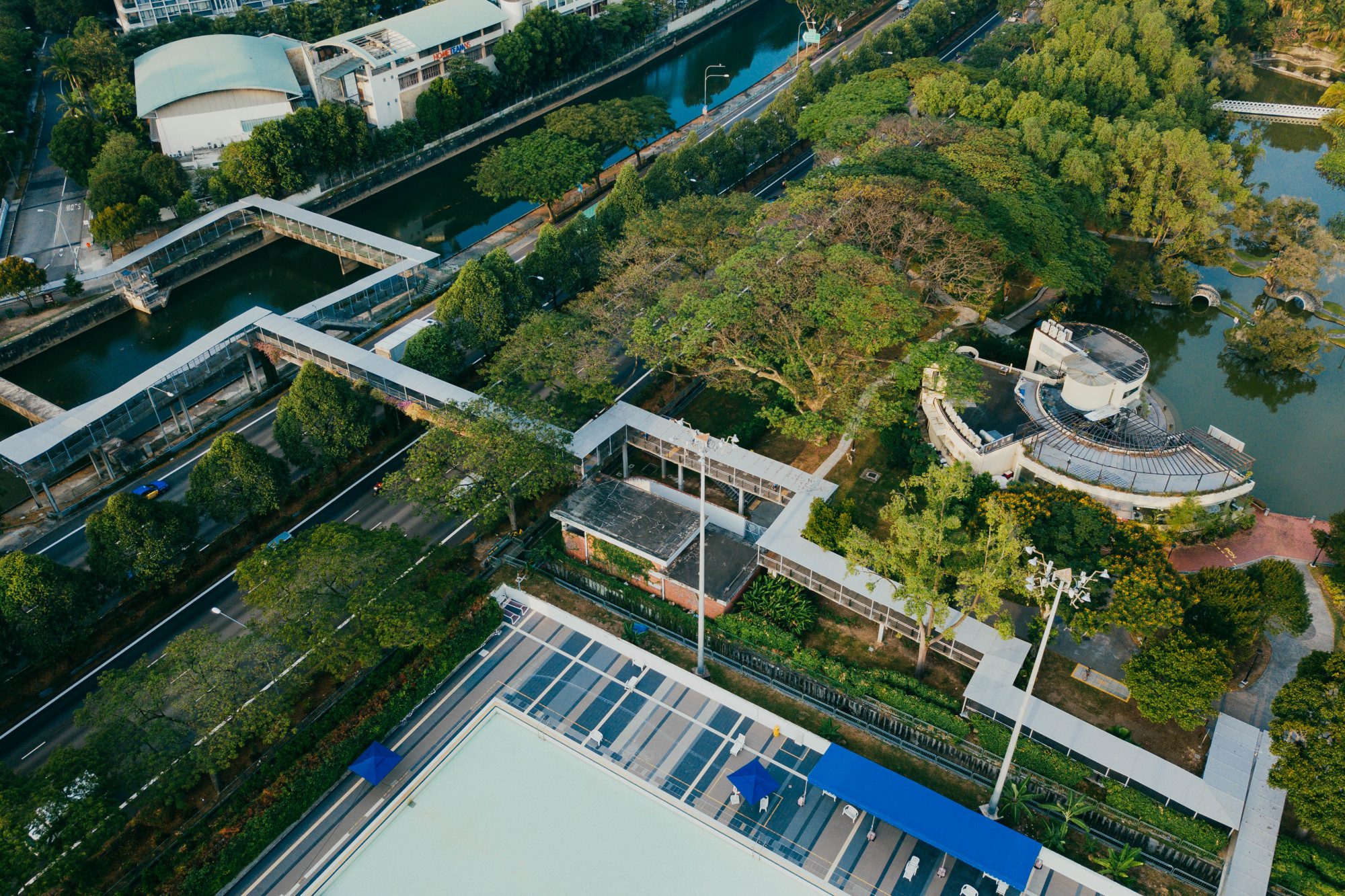Introduction Mezzanines are functional and versatile spaces. They provide better ventilation and lighting to a house. And extends the visual

As global awareness of climate change and sustainability grows, the green building industry has experienced an unprecedented boom. From residential skyscrapers to sprawling commercial complexes, sustainable practices are no longer optional—they’re a necessity. At the heart of this movement lies Mechanical, Electrical, and Plumbing (MEP) engineering, which plays a pivotal role in turning environmentally conscious concepts into practical, functional designs.
InnoDez, a leader in MEP engineering solutions, has embraced this shift, creating innovative designs that enhance sustainability without compromising functionality or cost efficiency. This article delves into the myriad opportunities for MEP engineering in the green building boom, exploring trends, challenges, and solutions that redefine how modern buildings operate.
The green building market is rapidly expanding, driven by:
MEP engineering is the backbone of green building design. These systems manage energy use, improve water efficiency, enhance indoor air quality, and optimize resource utilization. The expertise of firms like InnoDez ensures these objectives are met seamlessly.
Heating, ventilation, and air conditioning (HVAC) systems account for a significant portion of energy consumption in buildings. MEP engineers are tasked with designing systems that are not only efficient but also integrate renewable energy sources like solar and geothermal.
Green buildings frequently incorporate renewable energy systems such as solar panels, wind turbines, and geothermal heating. MEP engineers ensure these systems are seamlessly integrated into the building’s electrical and mechanical framework.
Water efficiency is a critical component of green building design, and MEP engineers are at the forefront of this effort.
Green buildings often leverage smart technologies to monitor and manage resource usage. MEP engineers design and integrate these systems to enhance operational efficiency.
While green technologies offer long-term savings, the initial investment can be substantial. MEP engineers must find cost-effective solutions that meet sustainability goals.
Building codes and sustainability certifications evolve constantly. Engineers must stay updated to ensure compliance with the latest standards.
Connecting renewable energy sources like solar or wind to existing grids and systems requires precise design and expertise.
IoT and smart systems generate vast amounts of data. Efficiently managing and utilizing this data is critical for performance optimization.
Many green building projects involve retrofitting older structures, presenting unique challenges in upgrading MEP systems while maintaining functionality and compliance.
Involving MEP engineers like InnoDez in the early stages of a project ensures that sustainable practices are integrated into the core design, reducing the need for costly adjustments later.
Advanced tools like BIM (Building Information Modeling) and energy simulation software predict system performance and optimize design strategies.
Designing MEP systems with modularity allows for scalability and future upgrades, accommodating advancements in green technology.
Keeping MEP engineers updated on the latest certifications, tools, and standards ensures seamless integration of new technologies.
MEP engineers perform lifecycle cost analyses to demonstrate the long-term financial benefits of green technologies, helping stakeholders make informed decisions.
InnoDez leverages its expertise to design MEP systems that balance energy efficiency, functionality, and sustainability. The company uses state-of-the-art software and renewable energy systems to create eco-friendly solutions tailored to each project.
InnoDez works closely with architects, contractors, and developers, ensuring a cohesive approach to sustainable building design.
From energy-efficient HVAC systems to advanced water recycling technologies, InnoDez has delivered successful MEP designs for numerous green building boom projects.
Beyond net-zero energy, net-positive energy buildings generate more energy than they consume, contributing excess energy back to the grid.
Reusing materials and systems in building design to minimize waste and enhance sustainability.
Transitioning from fossil fuels to fully electric systems powered by renewable energy.
Innovations in battery technology will enhance the efficiency and reliability of renewable energy systems.
Artificial intelligence will optimize MEP system performance, enabling predictive maintenance and energy efficiency improvements.
The green building boom has opened up a wealth of opportunities for MEP engineers to innovate and contribute to a sustainable future. With energy efficiency, water conservation, and renewable energy integration at the forefront, MEP systems are instrumental in meeting the demands of eco-conscious construction.
InnoDez, as a leader in MEP engineering, continues to shape this transformative era by delivering cutting-edge, sustainable solutions tailored to the unique needs of every project. From energy-efficient HVAC systems to advanced smart building technologies, InnoDez is a trusted partner for creating environmentally responsible designs.
As the green building movement gains momentum, the role of MEP engineering will only grow more critical. By staying at the forefront of technological advancements and embracing sustainable practices, MEP engineers can drive the industry toward a greener, more sustainable future.
About Author
Xhuljo Jakup